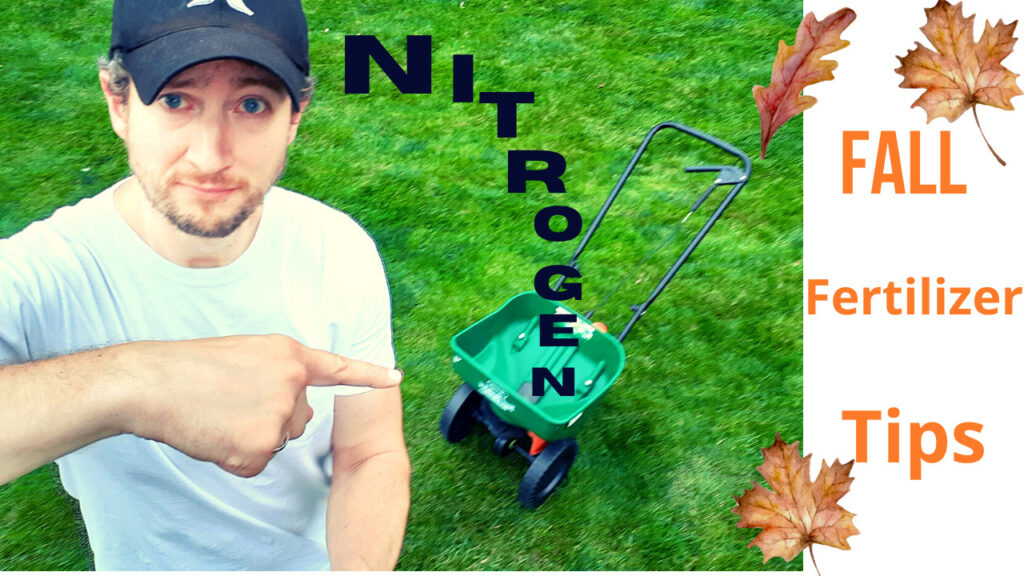Hey Neighbor,
Fall is upon us. It is the most important time to fertilize the lawn. Throughout the fall I like to put Nitrogen on the lawn. Remember nitrogen is one of the main macronutrients for a lawn and is used for your grass’s growth and partially for it’s color.
Why Nitrogen?
During this time of year the lawn uses nitrogen to grow and thrive, out-crowding weeds, developing its dominance in your lawn. As time passes and the temperature gets colder and colder your lawn also stores this nutrient in the root system. Once the frost comes and your lawn starts going dormant, this nutrient will remain, sustaining your grass until spring time. When Spring arrives and the temperatures rise this stored nutrient will feed your lawn, pushing its growth and color. This is why some lawns on your block seem to be more green in spring while others lag behind. So, what you do now will impact your lawn next year.
What Nitrogen fertilizer you should use
Until now while the temps were warmer, using organic or slow release fertilizers was a fine option. Often time these types of fertilizer (milorganite for example) use microbial activity in the soil to break it down, making it available to the grass plant. When the temperature decreases so does microbial activity. Thus you need to apply a synthetic fertilizer, such as Urea and ammonium nitrate. These forms of nitrogen can quickly be taken up by your lawn.
Any fertilizer will do, whether it be from Menards or your favorite brand. Just get it on the lawn.
How much Nitrogen in the fall
Over the years I’ve applied 1 lb of Nitrogen per month until Winter dormancy when I apply .8-1 lb to rapidly load up the lawn. This year I am gradually feeding the lawn by something called spoon feeding at a rate of 0.5 lb every 2 weeks followed by the end of the year load up. You will know it is time for this last feeding when your lawn stops growing. Though, you now know that it is still growing under the soil at the roots, getting ready for next year.
Examples Using: 12.5 lb bag covers 5000 sq ft. (32 – 0 – 4) analysis; my area of coverage is 2500 sq ft
Calculate how much to cover 1000 sq ft: 12.5/5= 2.5 lb
Calculate how much to put down at 0.5 lb N per 1000 sq ft. 0.5/.32=1.56 lb so I will need 3.9 lb.

